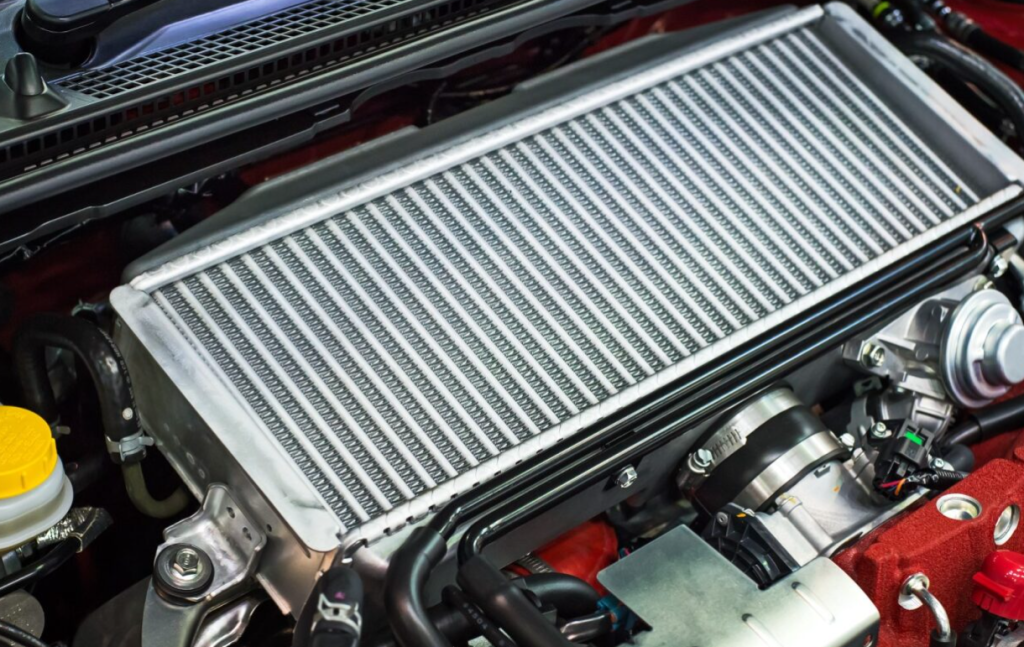
The radiator is the most crucial component in your Chrysler’s cooling system. It prevents the engine from overheating by cooling the hot antifreeze that circulates through the system. If the radiator starts showing signs of failure, you should visit your Chrysler dealer immediately for professional radiator repair.
Your Chrysler Starts Overheating
If you notice the temperature gauge is higher than normal or the engine feels extremely hot, your Chrysler may be overheating. This is a classic sign of a faulty radiator that can’t properly cool the antifreeze and regulate engine temperature.
You may also notice the AC starts blowing warm air instead of cold air due to the excessive engine heat. Don’t ignore an overheating engine, as it can lead to blown gaskets or a complete engine breakdown.
Radiator Shows Signs of Rust
Check your Chrysler’s radiator for visible signs of rust, such as flaking paint and pinhole leaks oozing liquid. Radiators are made of metal, which can corrode and develop leaks over time. The small lines inside the radiator can also get clogged with rust particles, preventing proper coolant flow. You should replace a corroded radiator to restore proper cooling.
Low Coolant After a Top-Up
Is your Chrysler showing low coolant levels after a recent top-up? This is an alarming sign of leaks in the system. Your vehicle should lose coolant at an average rate of 0.25% every four to six months. If the fluid level is dropping at an unusual rate even after a refill, you should check the radiator for leaks.
A cracked radiator or damaged hoses are the primary culprits for unusual fluid losses. If your radiator’s cap is loose or missing, coolant can also evaporate from the system. You should replace the missing cap and repair the leaking components to keep the antifreeze within the closed-loop cooling system.
Fluid Leaks Underneath the Car
Keep an eye out for green, red, or orange oily fluid dripping underneath your Chrysler, as this is a sign of radiator leaks. Coolant can also leak out of the reservoir, leaving the system with less fluid to cool the engine.
If left unchecked, these leaks can cause your engine to overheat. Bring your car to the dealership, so our technicians can fix the leak and top up the coolant to restore proper cooling.
Sludge Buildup in the Radiator
Over time, rust particles and contaminants can accumulate in the radiator and cause problems with cooling. These contaminants cause blockages inside the radiator and prevent the coolant from flowing properly. Check the antifreeze in the radiator or reservoir, and if it appears discolored or dirty, you need to flush the radiator. Check for leaks and refill the system with fresh coolant to optimize cooling.
Ignoring radiator problems can lead to catastrophic engine damage. If you notice the above signs, contact Oxendale Chrysler Dodge Jeep RAM to schedule a radiator diagnosis and repair.






